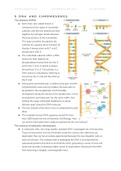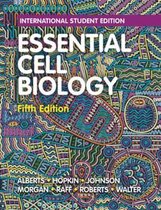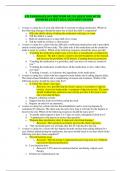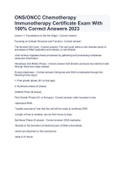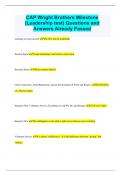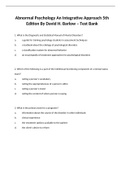Samenvatting
Samenvatting hoofdstuk 5 t/m 8 Essential Cell Biology, Humane Levenscyclus I VU, 2021
Samenvatting van hoofdstuk 5 t/m 8 uit Essential Cell Biology voor het vak Humane Levenscyclus I aan de Vrije Universiteit Amsterdam. Jaar 1 van Gezondheid en Leven
[Meer zien]
